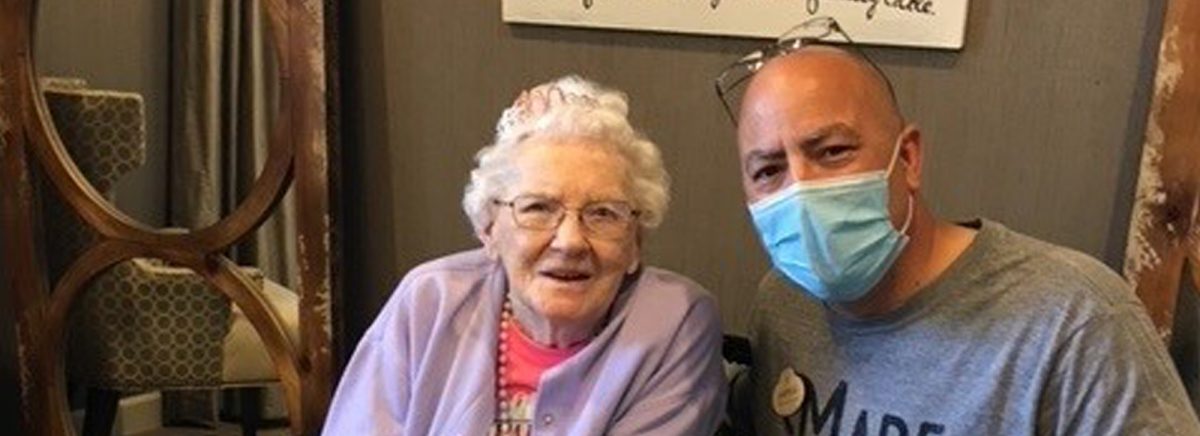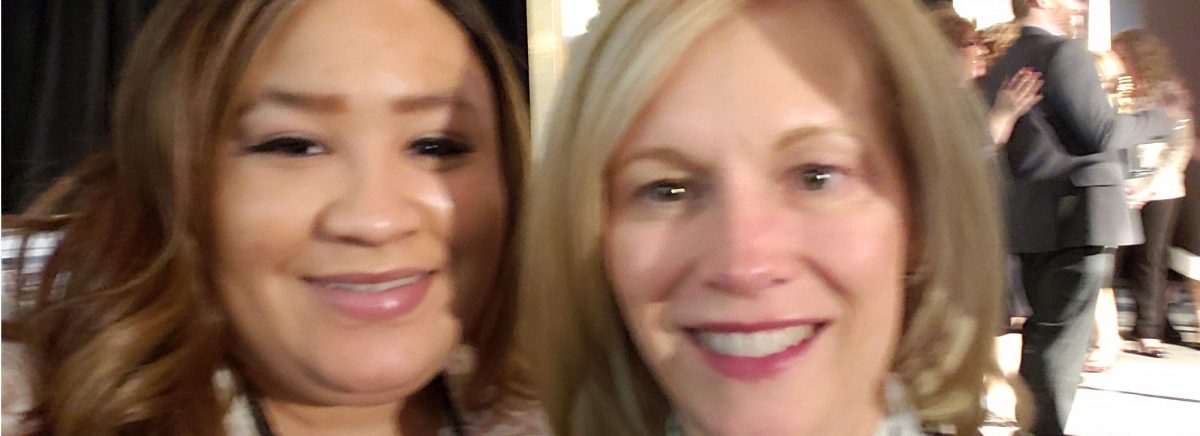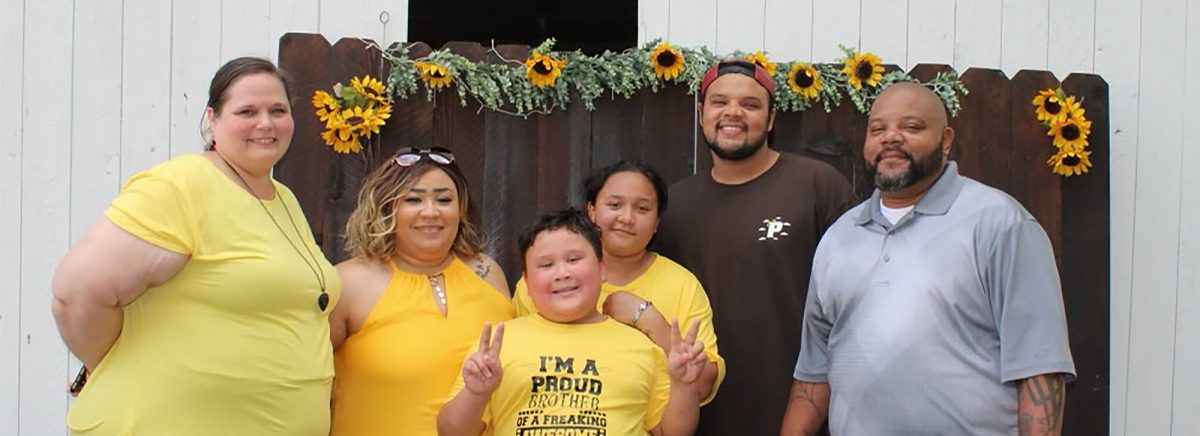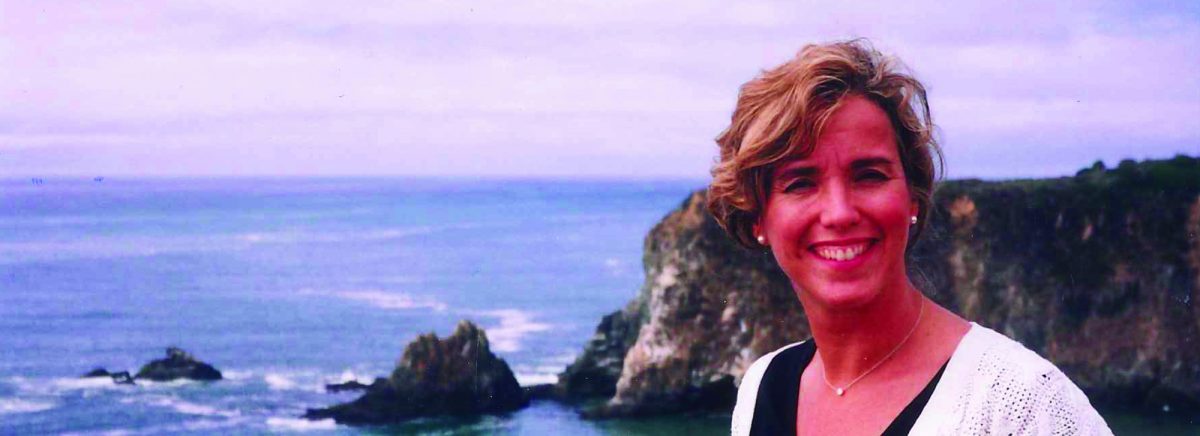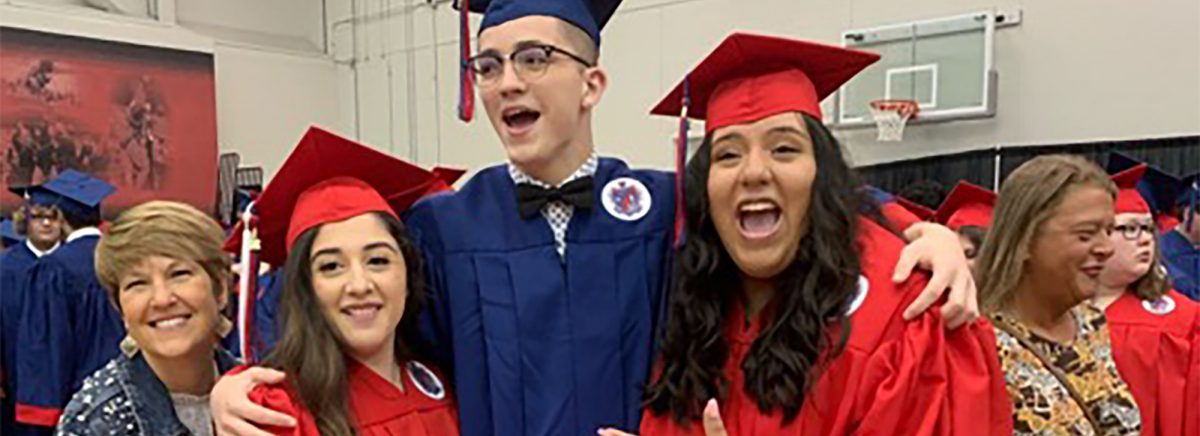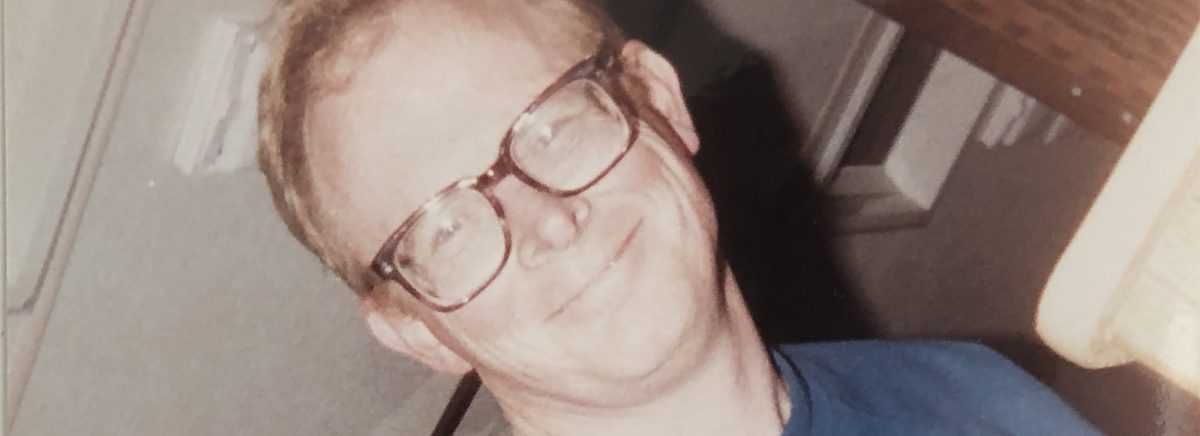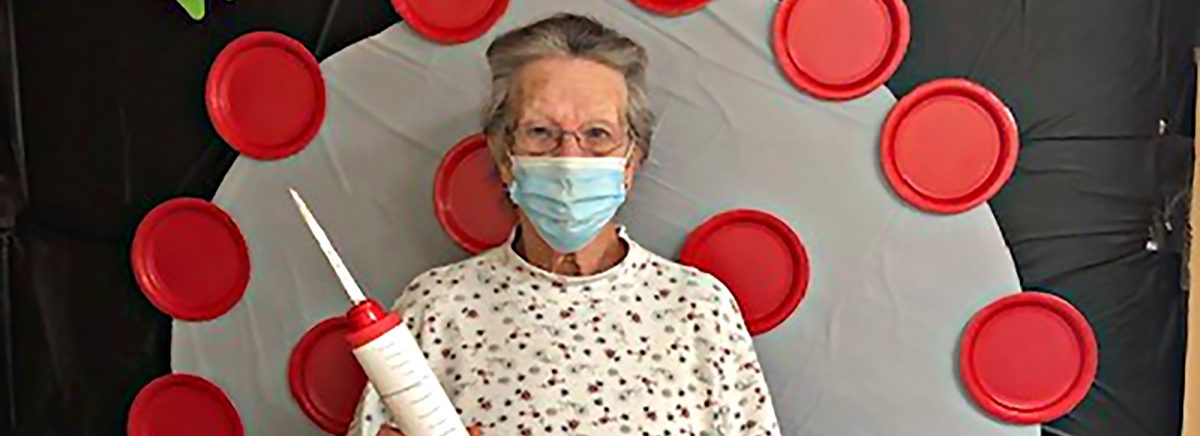February marks Black History Month. Here’s what you should know.
1 | Black History Month is nearly a century in the making.
Dr. Carter G. Woodson, a Black scholar born to former slaves, founded the Association for the Study of African American Life and History in 1915. In 1926, he and his organization established the first Negro History Week during the second week of February.
2 | It expanded to a month-long observance in 1976.
President Gerald Ford officially extended the celebration to a month, proclaiming, “In the bicentennial year of our independence, we can review with admiration the impressive contributions of black Americans to our national life.” Ten years later, a joint resolution of the U.S. Congress established the month of February as National Black History Month.
3 | February has special significance in black history.
Dr. Woodson chose February for the celebration because it includes the birthdays of two influential early proponents of freedom, Abraham Lincoln and Frederick Douglass.
4 | It has a different theme each year.
Since its very beginnings, Black History Month organizers have provided a theme to focus the public’s attention and study. Past themes include Black Health and Wellness (2022), Black Women in American Culture and History (2012), Black Business (1998), America for All Americans (1976) and Democracy Possible Only Through Brotherhood (1947). This year’s theme is Black Resistance.
5 | Other nations observe Black History Month, too.
Canada first officially recognized February as Black History Month in 1995. Some other countries, such as the United Kingdom and the Netherlands, observe it in October.
6 | Black history reaches across the aisle.
Since the 1970s, every president—regardless of political affiliation—has issued a proclamation endorsing the observation of Black History Month.
7 | African Americans represent a growing proportion of U.S. seniors.
Today, African Americans comprise around 10 percent of the population over age 65 in this country; all racial and ethnic minority populations combined represent about a quarter of older adults. Both of these figures are on the rise: By 2040, it’s projected that one-third of all older Americans will belong to a minority group, and the African American population over age 65 will grow by 80 percent.
8 | Economic and health disparities exist among older Americans.
The poverty rate for African Americans age 65 and older stands at 18 percent, double that of all older Americans. They also have a shorter life expectancy than the population at large, and in the early part of the pandemic were up to five times more likely than their white peers to die of COVID.
9 | Booklists can help you delve deeper.
A variety of organizations publish suggested Black History Month reading lists for people of all ages, including the Boston Public Library, the Innocence Project and even Amazon.
10 | You can take part in Black History Month without even leaving home.
A full lineup of roundtable discussions, author talks and other events are streaming online all month long. Visit www.asalh.org/400-years/calendar for details.

